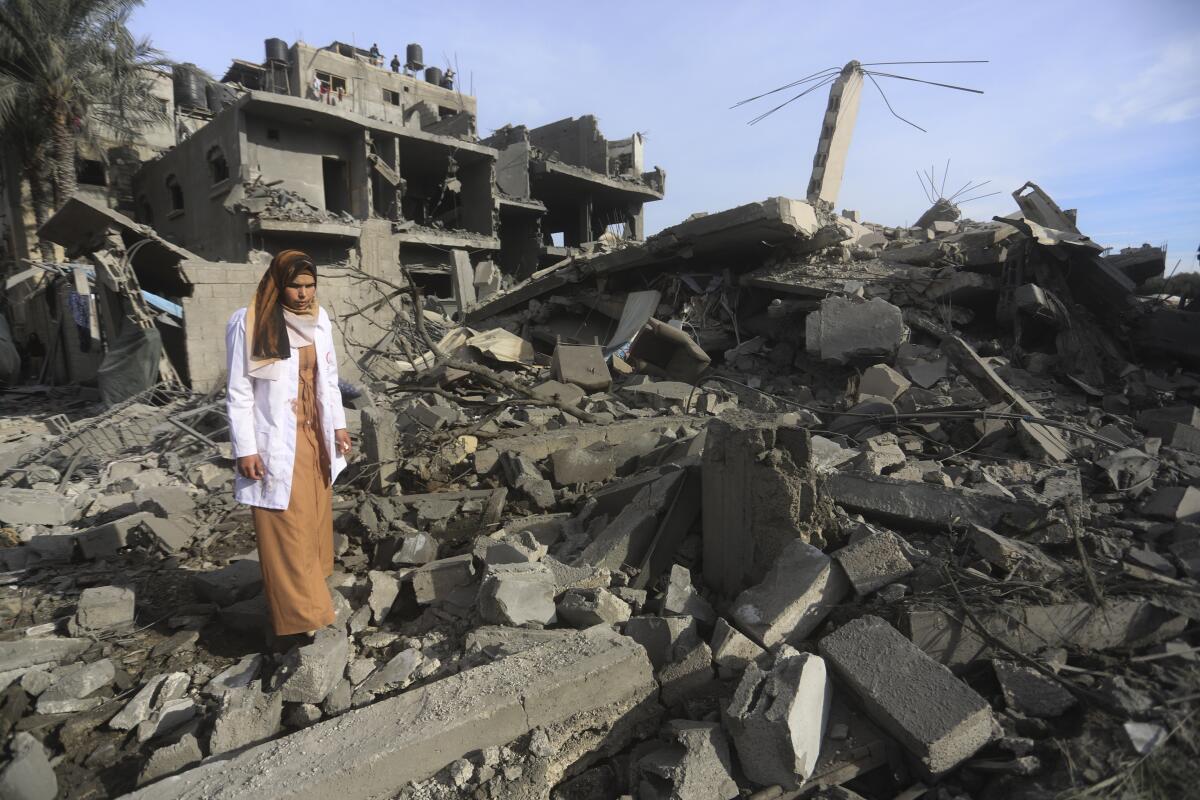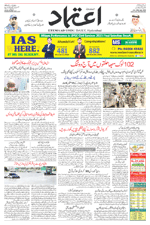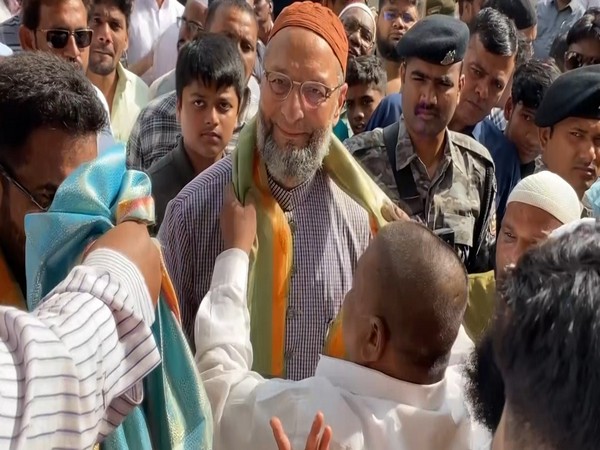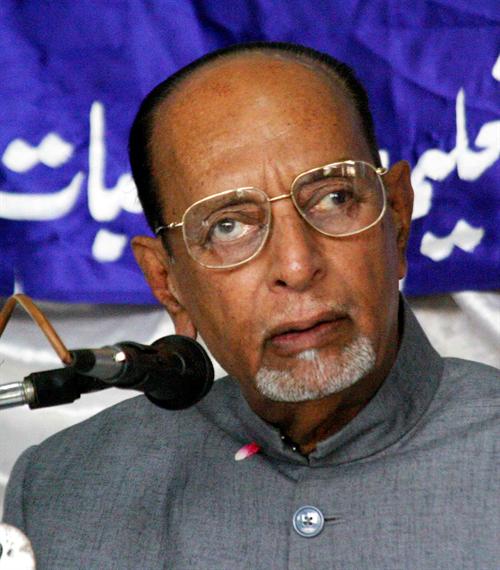RBI announces new rules for exchange of damaged Rs 2000 and 200 notes
Sat 08 Sep 2018, 17:27:17
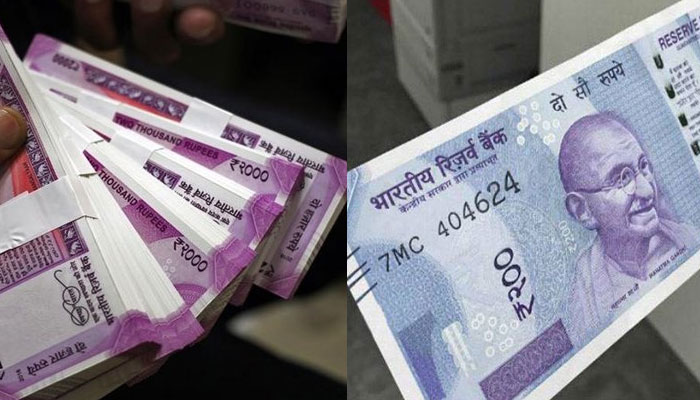
Watch out when you accept a disfigured, mutilated or terribly soiled Rs 2000 or Rs 200 currency note. If the note is slightly damaged, it may be exchanged at full price, bit if the damage is high, it may fetch just half the price. Or nothing at all.
The Reserve Bank of India has released new guidelines through a gazette notification for all notes which were introduced post note ban, or notes which were introduced as part of the Mahatma Gandhi New Series.
With this, the RBI has ended the lack of clarity over the exchange of the Rs 2000 or Rs 200 currency notes, introduced post demonetisation. Till now, there were clear rules for the value of soiled, damaged or mutilated Rs 5, 10, 20, 50, 100 and 500 notes, but the public was facing problems with the exchange of damaged Rs 200 and Rs 2000 notes as the rules for their exchange were yet to be amended.
The Reserve Bank of India (Note Refund) Rules earlier only specified currency notes of Rs 5, Rs 10, Rs 50, Rs 100, Rs 500, Rs 1,000, Rs 5,000 and Rs 10,000 denomination. The Rs 2000 and Rs 200 (issued in November 2016 and September 2017 respectively) could not be governed by the old rules due to their difference in size.
The RBI had written to the finance ministry to clear the rules for the new denomination notes. After due clearance,
the RBI earlier this week issued the new guidelines introducing a clear exchange policy for the new notes.
the RBI earlier this week issued the new guidelines introducing a clear exchange policy for the new notes.
The RBI, while amending the Note Refund Rules, 2009, said, "it has been done to enable the public to exchange mutilated notes in Mahatma Gandhi (New) series, which are smaller in size compared to the earlier series."
As per the new Reserve Bank of India (Note Refund) Amendment Rules, 2018, "the undivided area of the single largest piece of the note" for a damaged Rs 2000 note must be 88 square cm for a full refund, and 44 square cm for half refund. The Rs 2000 note is 109.56 square cm in dimension.
For a damaged Rs 200 note, the criteria is 78 square cm for a full refund, and 39 square cm for half refund.
The Rs 2000 note was facing poor circulation as there was no clarity on exchange rules for the highest denomination currency. This was leading to the currency notes being 'hoarded'.
The mutilated or defective notes of these two denominations can now be exchanged by the public at RBI offices and designated bank branches across the country. How much you get in exchange will depend on the degree of its damage.
With the RBI tweaking norms for exchange on Friday, people who were stuck with damaged notes can now retrieve their money.
No Comments For This Post, Be first to write a Comment.
Most viewed from National
Most viewed from World
AIMIM News
Owaisi Begins Election Campaign in Hyderabad
Apr 13, 2024
Bring back Indian workers in Israel: Owaisi
Apr 13, 2024
Darussalam to be closed tomorrow
Apr 06, 2024
Latest Urdu News
Most Viewed
May 26, 2020
Do you think Ruturaj Gaikwad would be a good captain for Chennai Super Kings?
Latest Videos View All
Like Us
Home
About Us
Advertise With Us
All Polls
Epaper Archives
Privacy Policy
Contact Us
Download Etemaad App
© 2024 Etemaad Daily News, All Rights Reserved.

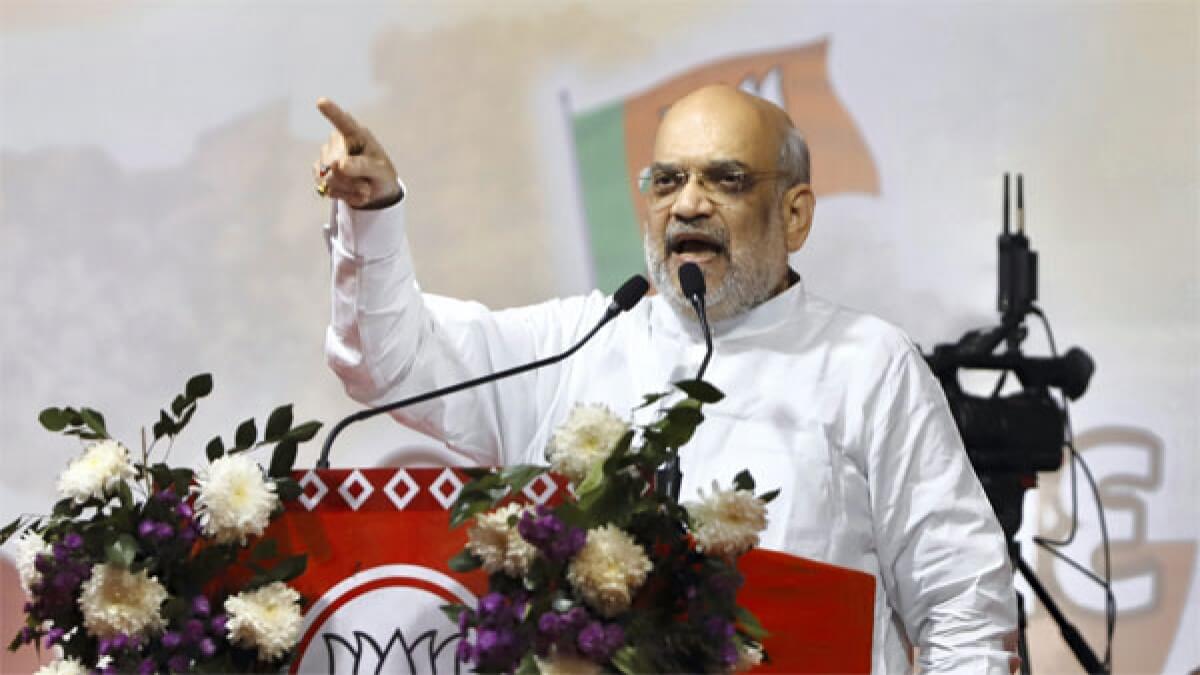
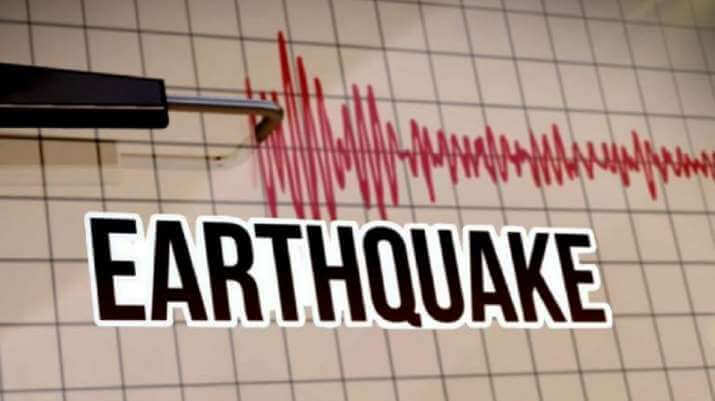
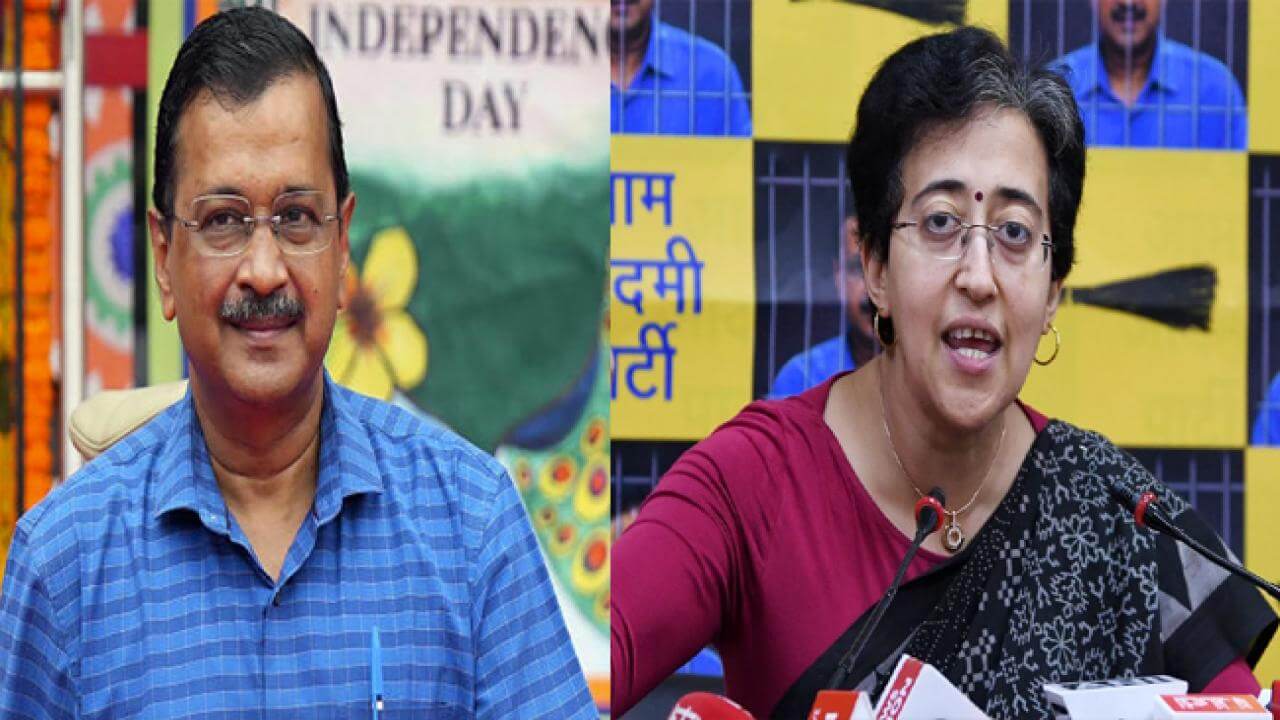
.jpg)
.jpg)
.jpg)
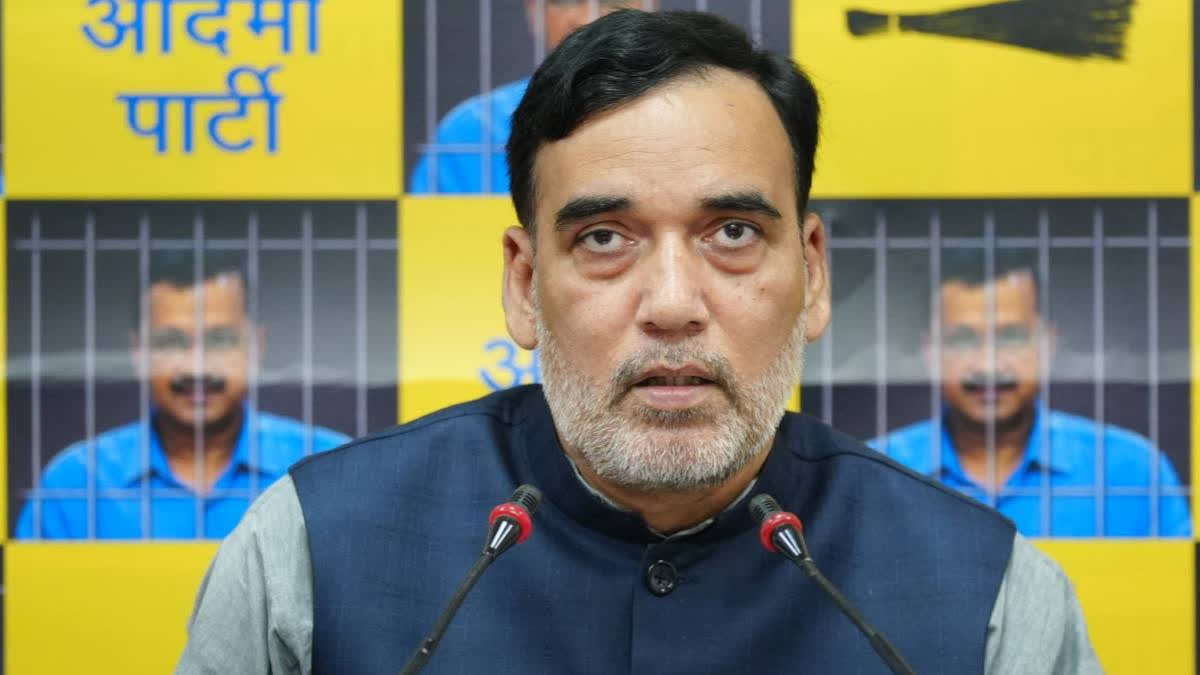
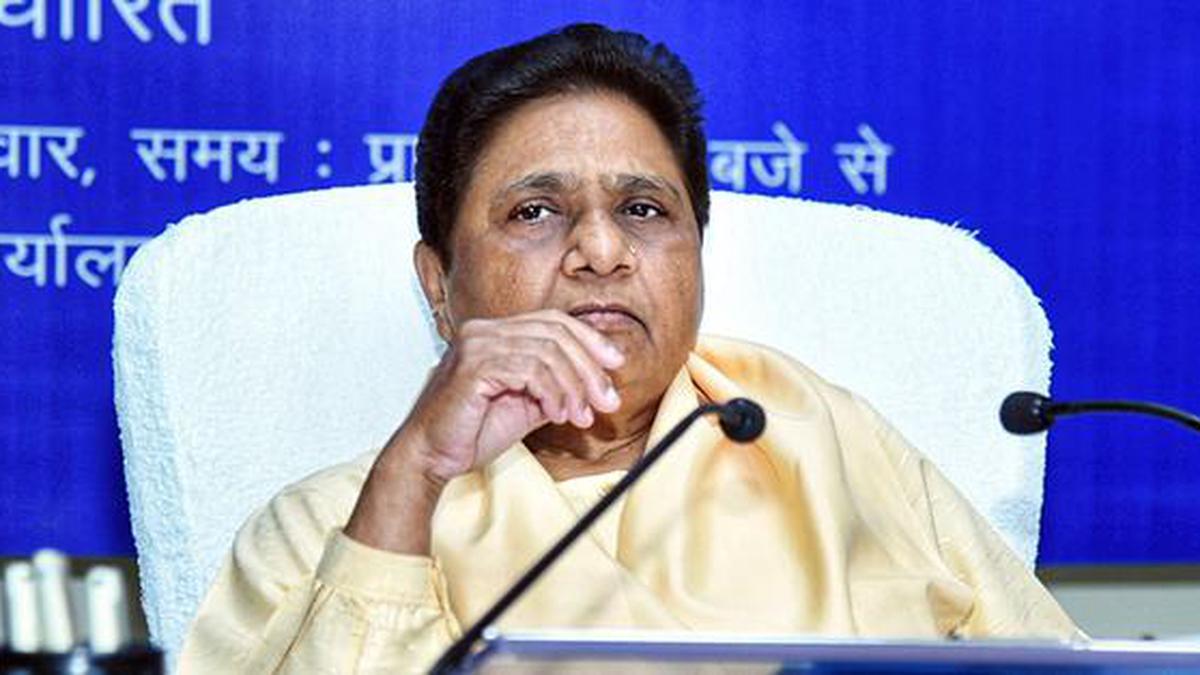


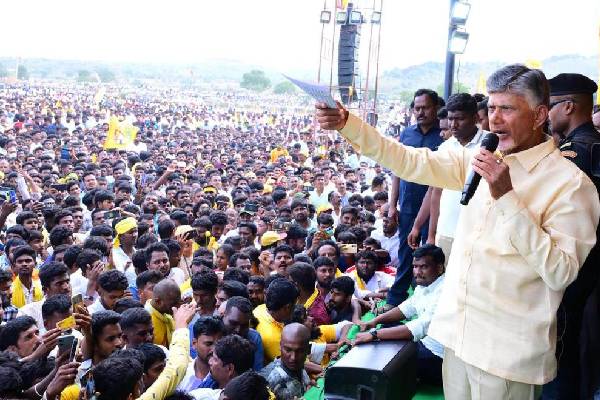

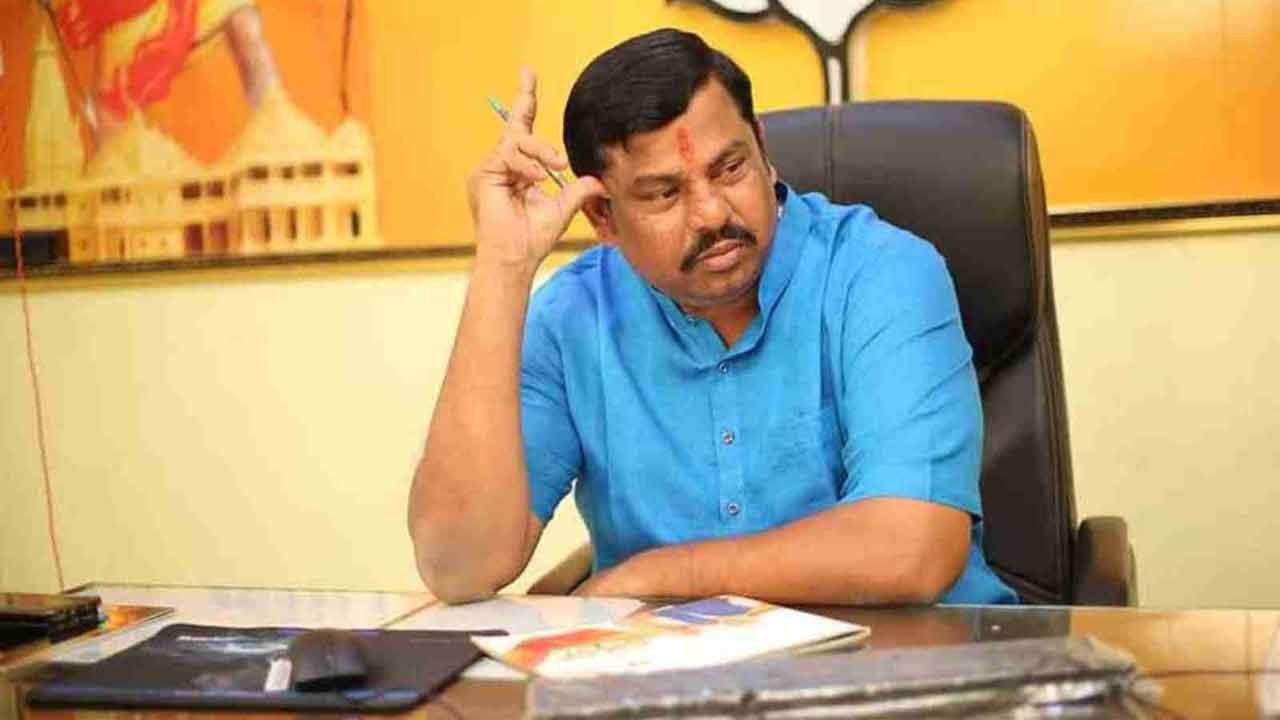
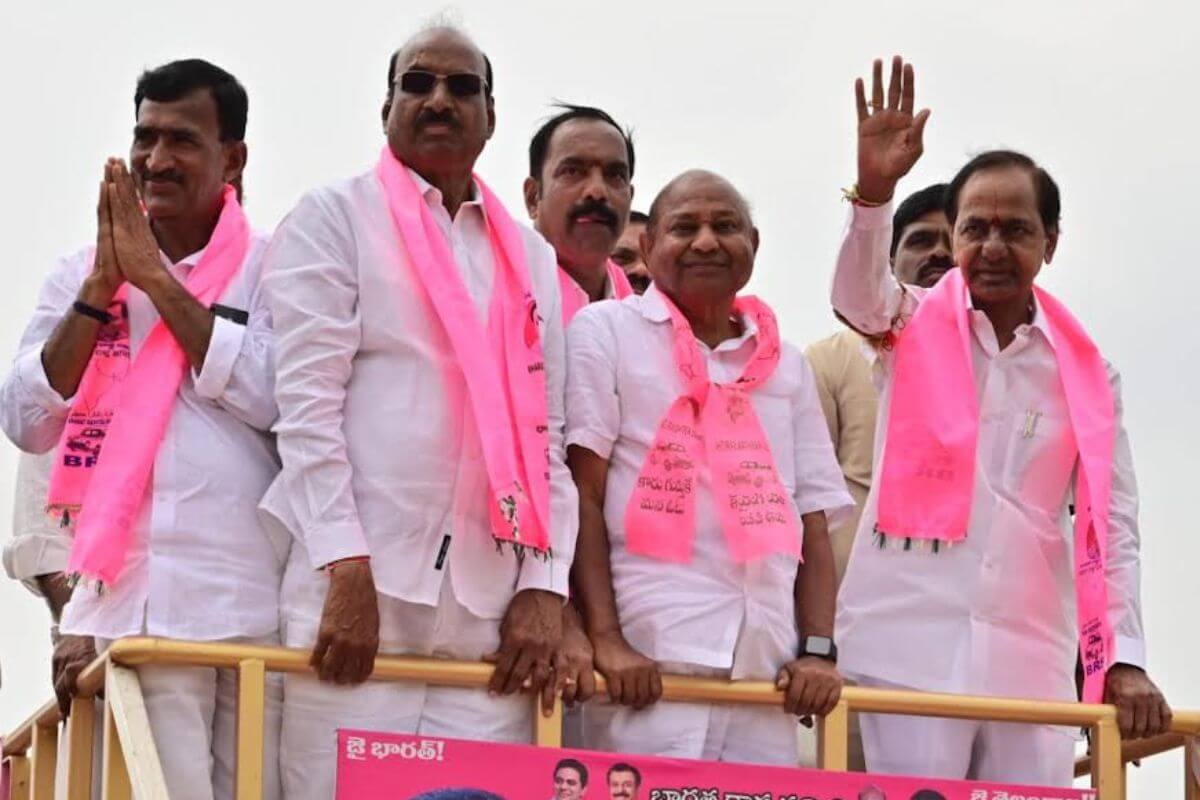
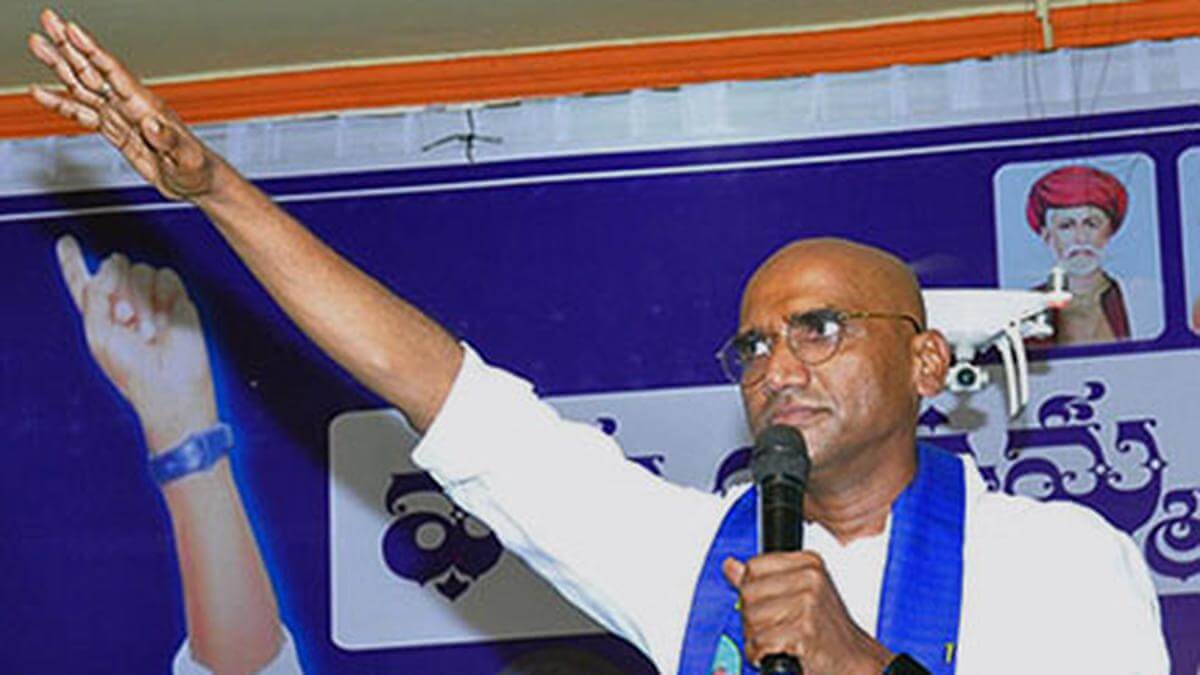


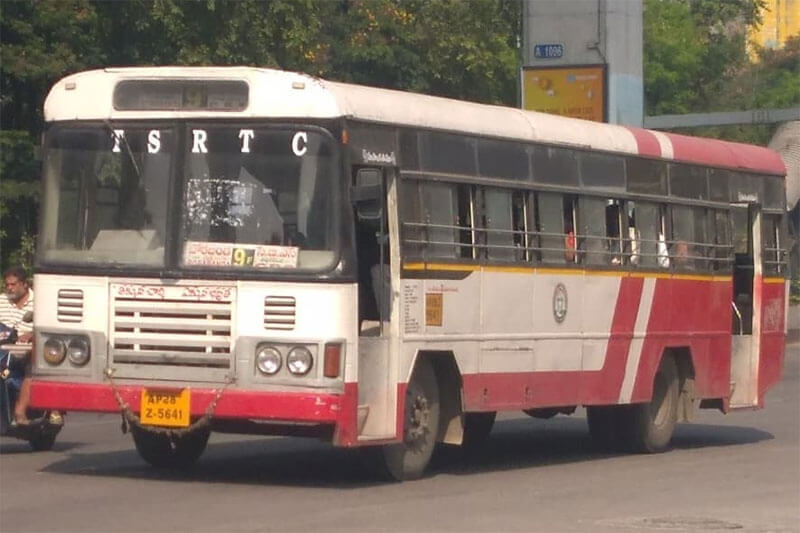

.jpg)
.jpg)

.jpg)
